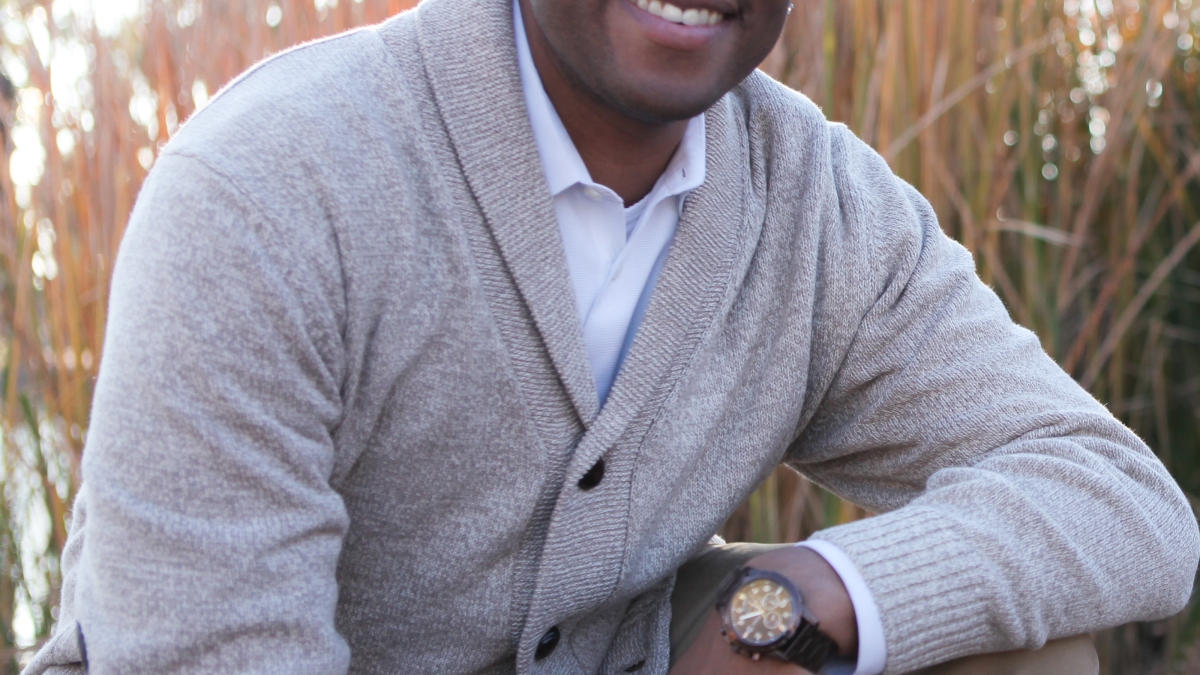Downtown lecture series discusses 'Race in Arizona'

Arizona’s racial history is dichotomous, schizophrenic and highly misunderstood by the rest of the country, according to Matthew C. Whitaker, ASU Foundation Professor of History and the founding director of the Center for the Study of Race and Democracy.
Whitaker’s “Race in Arizona” was the second installment of the spring 2014 Humanities Lecture series, hosted by ASU’s School of Letters and Sciences on Feb. 27, at the Walter Cronkite School of Journalism and Mass Communication.
The lecture explored the history of race relations in Arizona, underscoring the role of Western racial etiquette, resistance, activism, interracial alliances, landmark legal decisions and key legislation.
“There’s a certain level of race diversity in Arizona that you don’t see in other states existing within a very homogenous state, and this has created an interesting dynamic. We pockets of liberalism and progressivism, which has often led Arizona to do some things ahead of the curve, while at the same time falling behind the rest of the country because of our conservatism,” Whitaker said. “It’s hard for people outside of Arizona to pick up on that because they assume we’re this wholly backwards place without understanding it’s much more complicated than it appears. Arizona’s a very schizophrenic state when it comes to racial relations.”
Arizona boasts the second largest number of Indian nations in the country, combined with one of the highest Latino populations, but is predominantly white and conservative. Holding steady at 5 percent is the African-American population, who Whitaker says is heading into unchartered waters.
“Over the last 20 years, we’re seeing unprecedented demographic changes, and it’s a question of how that is going to impact racial relations moving forward.” Whitaker said. “The Latino population has grown exponentially while the white population is shrinking. The black population isn’t being reduced, but diffused. We’re not really shrinking, but we’re getting outpaced.”
Whitaker believes Arizona’s future demographics means that the African-American population will be forced to think differently and more creatively than in the past if they want a substantive voice, a seat at the political table and how the state will evolve moving forward.
The lecture series will continue on March 20 with author Betty Webb’s presentation of “Polygamy in Arizona.”
For more information on the spring 2014 Humanities Lecture Series, call Barbara Lafford at 602-496-0623 or email at blafford@asu.edu